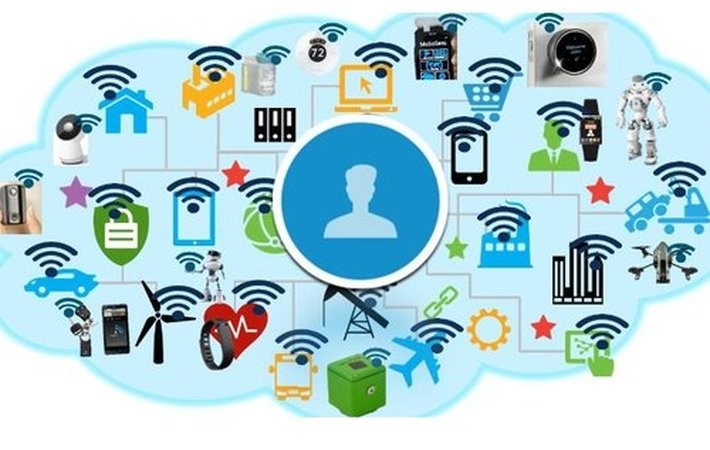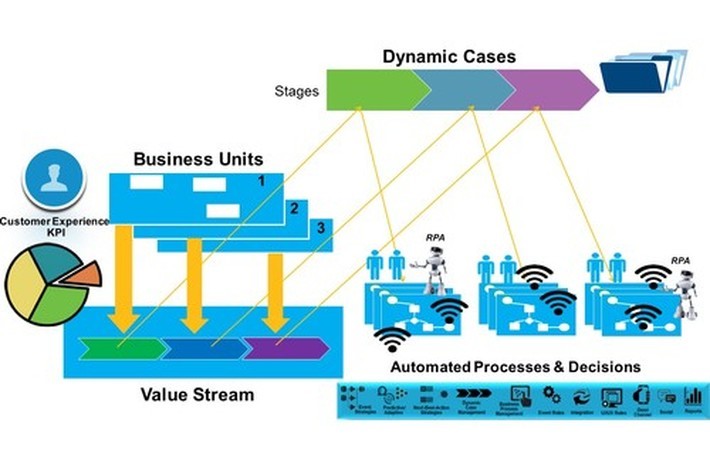
Published on 11/29/2016 | Strategy
There’s no doubt about it: Technology has become an indispensable tool for driving customer engagement. For many companies, effective digital solutions are the foundation on which positive B2C relationships are built. Technology fills in where paper systems could not, allowing businesses to create personalized, user-friendly journeys for a wide range of consumers.
But just how much has customer engagement evolved due to tech, and how is the Internet of Things impacting the new generation of digitally transformed engagement solutions?
In this post, the first of my IoT DX series, I’ll be exploring these questions and examining IoT’s increasingly prevalent role in the world of digital customer engagement.
According to a recent survey by 451 Alliance, IoT can be leveraged to enhance customer targeting, increase sales and act as a key catalyst for a new generation of digital engagement.
The modern digital consumer relies more on peer-reviewed “likes” as opposed to traditional marketing channels, and demands rapid responses – on time, on target, and customized to their constantly changing needs. Furthermore, new digital customers are using an increasing number of devices that connect to their homes, businesses, cars, and more. With this steady uptick in digitally engaged consumers, data use is expanding as well. At the IoT Solutions World Congress conference it was mentioned each person will generate about 150 gigabytes of data a day by the year 2020.
It is not an overstatement to say that these two dimensions of digitization – social connectivity and device connectivity – are fundamentally changing the way in which engagement business software is designed, implemented and used.
The Internet of Things is a phenomenon whose disruptions are expected to far exceed those caused by Social, Mobile, Analytics, and the Cloud combined. It is also one that provides a significant challenge to organizations that want to use it for optimizing their customer journeys.
There are a number critical digitization trends in an evolved customer engagement strategy. Each of these improves and optimizes the customer experience.
The substantive business return and business benefits of IoT will come from services that connect the customer to the rest of the extended digital enterprise. Customer experiences through services will invariably involve the automation of tasks and activities involving human participants, as well as ‘Things’ (including robots) and enterprise applications. In other words, connecting IoT and customers will need robust orchestration of customers, their devices, back offices, enterprise applications, and of course the multi-channel customer interactions.
Let’s face it: Most organizations are siloed. Pega’s platform for digital transformation gives organizations end-to-end orchestrations of automated tasks that optimize the customer experience. It allows businesses to provide faster, better, less expensive and more accurate resolutions. Structured repetitive task sequences are automated via RPA, as opposed to traditional end-to-end dynamic cases, which can involve enterprise applications and guided interactions for tasks assigned to people (e.g. Customer Service Representatives).
The largest benefit? It allows the organization to serve the customer as one humanized entity instead of separate departments.

In my article, “Omni-channel to Omni-device: Evolved CRM with IoT,” I discuss in-depth the prefix omni, which means “all encompassing”.
In the context of CRM, the term is frequently attached to technology that supports different channels and all modes of communication between service or solution providers and their customers, consistently. As an example, the customer is able to interact via a browser, mobile device, service representative, interactive voice response (IVR), or other channels and receive a consistent experience across the board. When done correctly, it also means customers can start interactions through one channel and seamlessly transition to another while maintaining the context and productivity of the interaction.
With the rise of Things, devices in our homes (e.g. appliances), connected vehicles, workplaces, or connected wearables are becoming channels. Organizations must adopt an omni-device mindset to effectively promote products and services, cross-sell, upsell, or otherwise optimize the customer experience. The Next-Best Action for customer interactions can now involve Next-Best-Service offerings for devices or products, Next-Best-Merchant-Offers in the ecosystem of the device manufacturer (e.g. connected cars), as well as the geolocation of the customer.
IoT is generating enormous amounts of data. We are inundated with information from connected devices – both in consumer and industrial contexts – and it does not appear to be letting up any time soon.
With connected devices constantly monitoring the movement, interaction, preferences, and behavior of customers, there is a huge opportunity to continuously learn, innovate and adapt with actions. Pega has positioned this concept as the “Always-on Customer Brain.” From digital social channels to customer interactions and transactions, and now with IoT connected devices, the “brain” can listen, learn, and act in order to optimize the customer experience.
As digitally connected customers express their opinions through social channels, perform consumer transactions, and use connected wearables, cars, and home devices, there are enormous opportunities for businesses to continuously learn and respond in real-time with contextual, timely, and personalized offers.
Connected devices are becoming increasingly significant sources of information: Big Data is becoming Thing Data. There are several enabling decisioning technologies that come into play when making Next-Best offers: predictive models, self-learning (aka machine learning) adaptive models, business rules and real-time event correlation rules.
This is the first of the new Digital Transformation with Pega IoT series. In the next post, we will focus on the Digital Transformation of Field Service with connected devices.
This article was originally posted on LinkedIn and Pega.com.